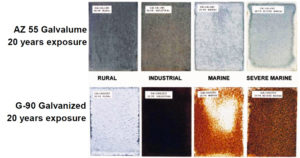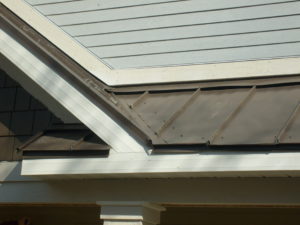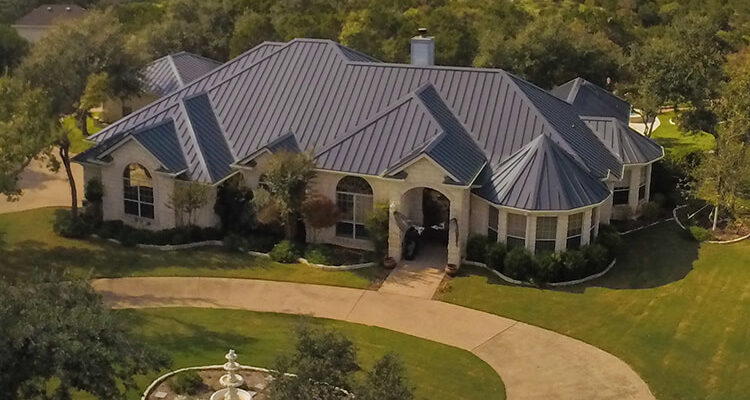Five Mistakes people make when comparing Steel Roofing or Siding
Knowledge is key when the time comes to compare products, and many times it is hard to find the information that you need. Here at Classic Metals, our belief is that we want to provide all the information that you need to make an informed decision, and to help you walk through the process.
Material Substrate
The substrate that steel panels are made of, is an integral part of the product and will affect the longevity of the steel. The two most common Substrates are Galvanized and Galvalume. Galvanized is basically steel that is hot dipped in zinc, and one of the main drawbacks is that the zinc coating can easily be scratched off. Galvalume is eGalvalume Steel can be expected to provide at least TWICE the service life of traditional zinc-coatings of similar coating thickness under the same exposure conditions. This has been proven by actual exposure tests using flat coupon samples, conducted over 36 years in the U.S.A. and 15 years in Canada. These tests show that Galvalume has at least TWICE the service life versus Galvanized.
Thickness of the steel
The thickness of the steel is an important consideration when you are comparing steel roofing and siding, however, most people do not realize how the thickness is measured and how some manufacturers use this to their advantage. Steel is measured in gauges and the smaller the gauge, the thicker the steel. Typically the thicker the steel, the more rigid the panel, and a longer lifespan is expected. Each gauge of steel has a range, so if the final thickness of the product, including paint, falls into a certain range, it is considered that gauge. Sometimes, steel manufacturers use this to their advantage and apply a slightly thicker layer of paint to either the top or even the bottom of the panel, and this allows them to classify the final product as a thicker gauge, while the longevity and stiffness of the panel have not changed. The only way that you can be sure of the thickness of the steel material, is to request the thickness of the steel, BEFORE the paint, is applied.
Paint Warranty’s
So much could be said regarding paint and the warranty that is associated with it, but as always with warrantys, read the fine print. Things that you want to look for, is overall life does the warranty pro-rate, are fading and chalking conditions that are under warranty, and if so, how much is tolerated. There are a lot of fine details that we could get into, but the main thing that you want to remember is that the paint on the steel is the main product that protects the steel and gives it the long life expectancy that it has. If you take a shortcut on the paint, it will have a major effect on the steel’s overall performance.
Trim Thickness
When you are discussing options with your installer or steel supplier, be sure and confirm that they manufacture the trims that you will need, out of the same steel as the panels. This is a common area that suppliers can cut costs and use 29 gauge trims on a 26 gauge roof for example. This is not only a unnecessary cutting of corners, it can lead to uneven fading of trims verses panels.
Hidden fastener design on Standing Seam
The Standing Seam roofing system was designed to provide a roofing system that would last a lifetime, and would not have any exposed screws that have washers that are susceptible to mother nature. As time has gone on there are many installers that in an effort to cut costs, they have reverted to using trims that are exposed fastened to the standing seam panel. This not only ruins the clean appearance of the roofing system, it introduces a great potential for leaks, and restricts the roofing from performing as it should. All trims that are used on a Standing Seam roof, should be designed in such a way that they are installed without any exposed fasteners. Don’t let your installer tell you otherwise.
If you have any questions regarding metal roofing or siding or would like additional help with a project, give us a call at 330-674-7051 or visit our website at www.classicmetals.com
The information provided is for reference only and may change without notice

